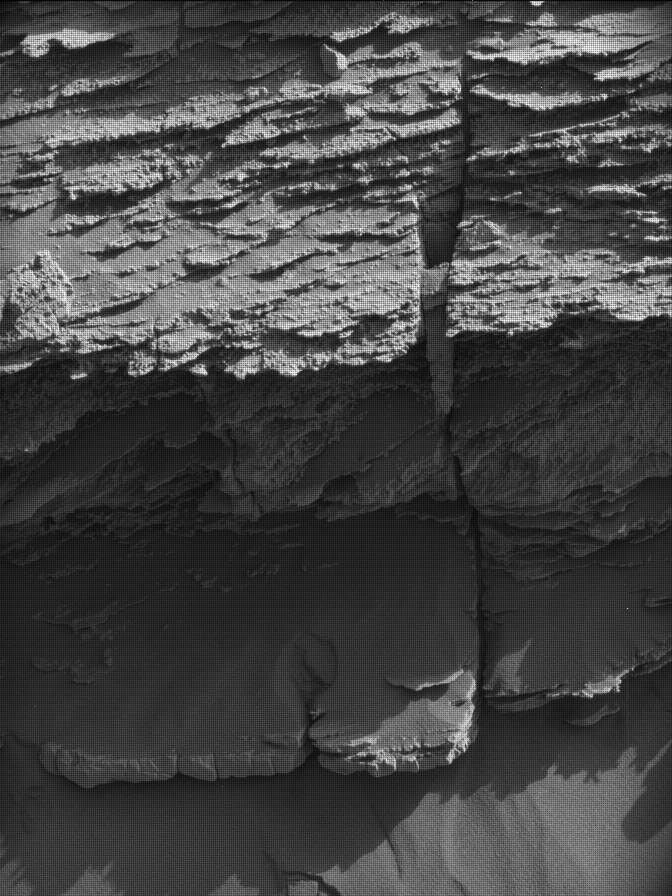An eclectic mix of rock targets has kept our team's attention for another sol today. The sheer number of possible science investigations led us to initially oversubscribing our science plan and thus needing to prioritize. After a brief discussion, GEO decided to set today as a full contact science sol, with APXS integrations and MAHLI images of targets "Hopeman" and "Askival", with additional MAHLI images of "Tyndrum2" and "Ledmore". What is especially unusual about today's plan is that we will use MAHLI's capability to shine a (UV) light on the situation and image "Askival" after sunset. In addition to that full contact science agenda, ChemCam will conduct LIBS rasters on "Ardgour" and "Rousay" and then conduct a depth profile at "Askival". A depth profile is where ChemCam shoots its laser at the same spot 150 times to measure how the composition changes with depth into the rock or soil. Last, but certainly not least to me as the environmental science theme lead today, is to conduct a dust devil survey around local solar noon. We are seeing a great deal of dust devil activity lately with a noticeable increase over the last few weeks as we move closer to the start of southern hemisphere spring.
Written by Scott Guzewich, Atmospheric Scientist at NASA's Goddard Space Flight Center




































